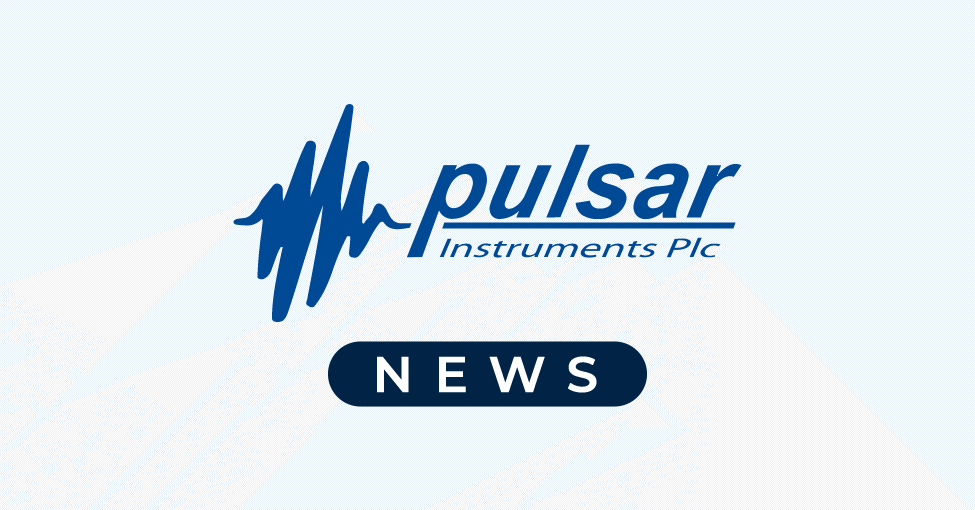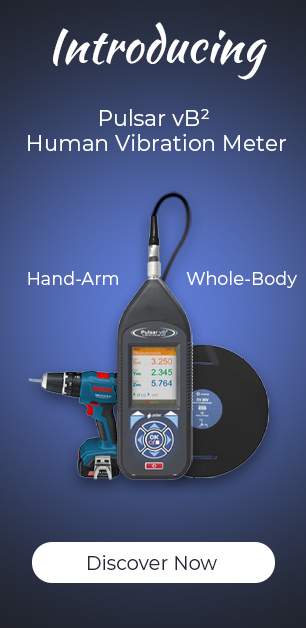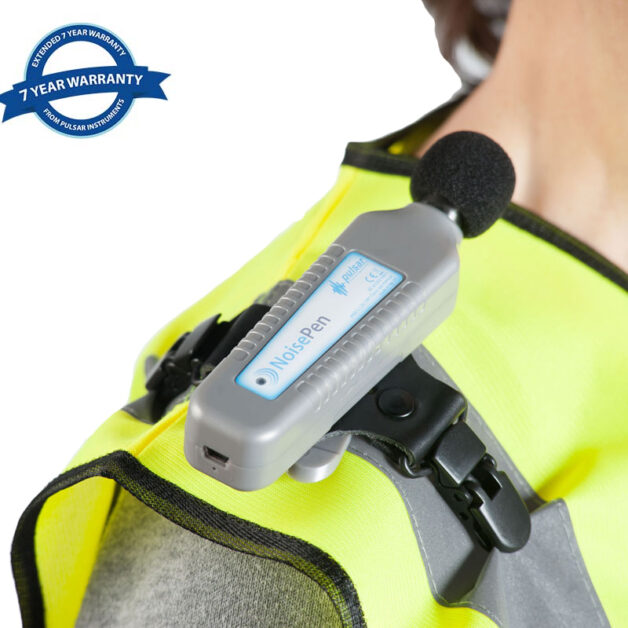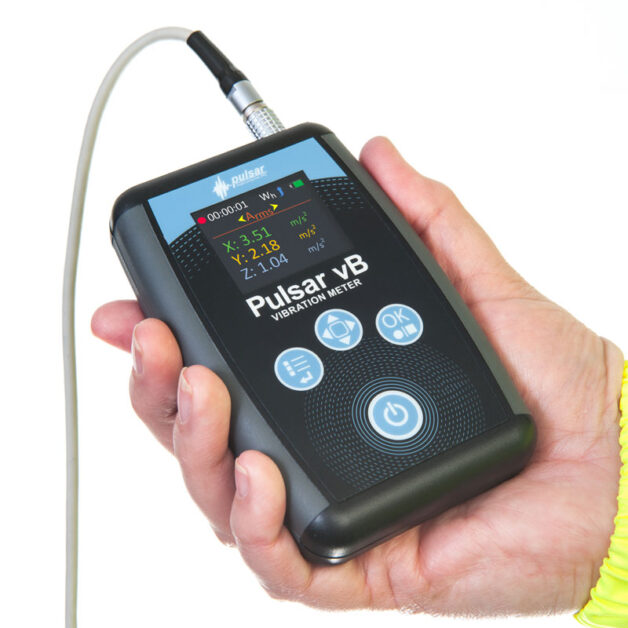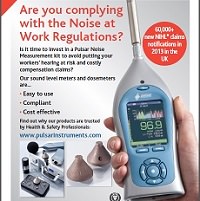
In the last few months, we have featured the 10th anniversary of the Noise at Work Regulations (2005) at length in this blog. In fact, the Regulations are at the heart of everything that we do as a company and the key messages behind them are as relevant now as they were 10 years ago. Under the Control of Noise at Work Regulations (2005), it is the employers’ responsibility to eliminate or reduce risks to health and safety from noise in the work environment. The Regulations are made up of different action levels and responsibilities placed on the employer or the person responsible for health and safety.
As the person responsible, you are expected to take relevant action at specific noise levels in order to be compliant and avoid hearing loss. Detailed advice from the Health and Safety Executive in the UK can be consulted on their website under the Noise section.
So, whose responsibility it it?
Employers are responsible for:
- Assessing the risks to your staff from noise;
- Taking action to reduce the exposure to noise that produces those risks;
- Providing staff with hearing protection if you cannot reduce the noise exposure enough by using other methods;
- Ensuring the legal limits on noise exposure are not exceeded;
- Providing staff with information, instruction and training;
- Carrying out health surveillance where there is a risk to health.
Please note there are other persons with duties to ensure that noise level emissions of the plant, equipment they design, produce or supply for use in a work environment is as low as practicable:
- Designers, manufacturers, and suppliers.
Let’s not forget also:
- Employees are responsible for using noise control methods in accordance with given information, instruction and training.
Are there any exceptions to an employers’ responsibility?
This is a question that we get asked regularly by clients. It is worth noting that the following are not included in the Regulations:
- members of the public exposed to noise from their non-work activities, or making an informed choice to go to noisy places such as concerts;
- low-level noise that is a nuisance but causes no risk of hearing damage.
What do we mean by action levels and limit values?
The Control of Noise at Work Regulations (2005) require you, the employer, to show that you monitor the situation, collate the required parameters and take action accordingly. These relate to:
- the levels of exposure to noise of your workers averaged over a working day or week; and
- the maximum noise (peak sound pressure) to which workers are exposed in a working day.
The decibel values to be aware of at all times in the work environment are:
- lower exposure action values:
- daily or weekly exposure of 80dB(A);
- peak sound pressure of 135dB(A);
- upper exposure action values:
- daily or weekly exposure of 85dB(A);
- peak sound pressure of 137dB(A)
There are also levels of noise exposure which must not be exceeded. These are called exposure limit values:
- daily or weekly exposure of 87dB(A)
- Peak sound pressure of 140dB(A)
Find out more about these with our Free Guide for Employers: 5 steps to controlling noise at work. We have also produced an infographic to help people understand the different noise action levels and limits.
The importance of reliable readings
When it comes to ensuring compliance with the Control of Noise at Work Regulations (2005) in an industrial setting such as a factory, engineering workshop, warehouse or a building site, one thing is for sure: you need trusted noise testing and noise monitoring technology to obtain reliable readings.
The only way to ensure that you have or do not have an issue with noise at work is to measure it and collate evidence. Put simply, the noise measurement data you will need to present during a safety inspection or as part of a defence against a noise-induced hearing loss claim is concerned with your staff exposure to noise over time.
As we have mentioned already, there are two main parameters to bear in mind when conducting a noise assessment.
These are:
- Continuous ‘A-weighted’ sound pressure level (LAeq). This is the sound an employee is exposed to during a shift or a working day.
- Maximum ‘C-weighted’ peak sound pressure level(s) to which an employee is exposed (can be shown as LCPeak). These may be loud bangs in a work environment.
Choose the right measurement instrument
Currently, there are many noise measurement devices on the market such as sound level meters or personal noise dosimeters that will help you collate this data effectively. In the UK, under the Control of Noise at Work Regulations (2005), a Class 2 sound level meter is considered to be sufficient for measuring general noise within an occupational setting. A Class 1 meter meets a higher performance specification than a Class 2 meter and will typically measure a wider frequency range of noise. A Class 1 noise meter may be used in law enforcement, research and environmental applications. However, do not give in to panic and buy a Class 1 sound level meter or you will end up spending more money than necessary. Remember, for Noise at Work measurement, a Class 2 sound level meter is perfectly acceptable.
Buy from a trusted manufacturer
Buy from a reputable manufacturer. It will give you the reassurance that your sound level meter or personal noise dosimeter will not only withstand the test of time but will be compliant with the criteria that you require. Also opt for a manufacturer that offers telephone support, product and legislation training and after-sales service.
In summary
If you want to measure noise levels at work to comply with the noise at work regulations, look no further than Pulsar Instruments. If you need additional help and advice, call us on 01723 518011, or browse our website to find out more.
The HSE website in the UK has more information on the Control of Noise at Work Regulations (2005).
